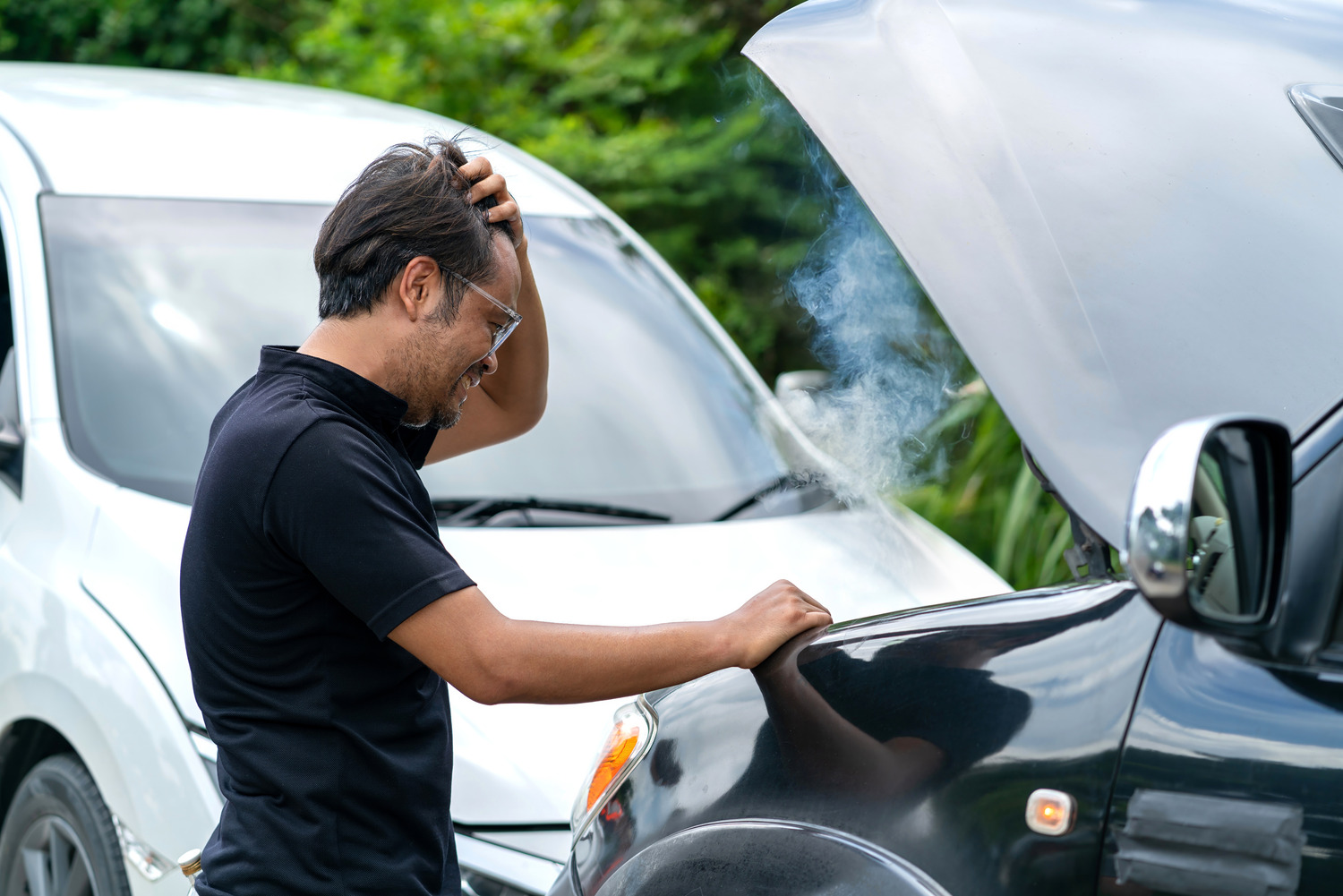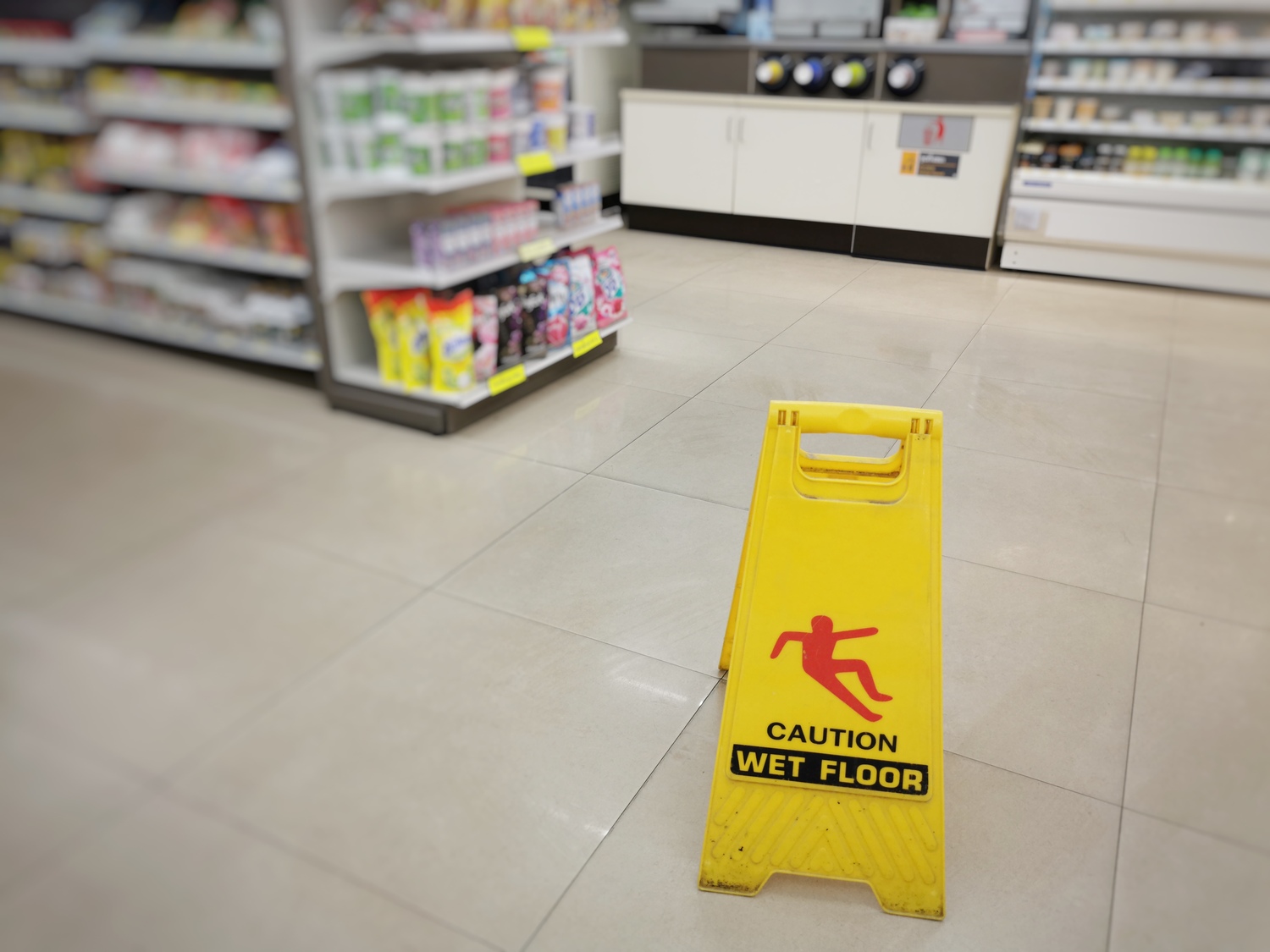RECENT POSTS
Categories
Vicarious Liability in Personal Injury Cases: Definition & How it Applies
When someone is injured due to another person’s negligence, the natural assumption is that the responsible party will be held accountable. But what if that person was acting on behalf of someone else, like an employee doing their job or a child that doesn’t know any difference from what their parent allows? That’s where vicarious liability comes into play and it’s critical that you know whether you could be held liable.
What is Vicarious Liability?
Vicarious liability is a legal doctrine that holds one party legally responsible for the actions of another, even if the first party did not directly engage in any wrongdoing. It most commonly applies in employer-employee relationships.
In simple terms, if someone you’re responsible for (like an employee) causes harm to another person while performing their job duties, you (as the employer) may also be held liable for the injury.
Common Example: Employer-Employee Relationships
Let’s say a delivery driver runs a red light while making deliveries for a company and causes an accident. Even if the employer was nowhere near the scene, the company may still be legally responsible for the damages. That’s because the driver was acting within the scope of their employment, a key element in establishing vicarious liability.
When Does Vicarious Liability Apply?
Vicarious liability typically hinges on a few critical factors:
- There is a recognized relationship, such as employer-employee or principal-agent.
- The wrongful act occurred within the scope of that relationship, such as while the employee was performing job-related tasks.
- The act was unintentional or negligent, rather than willful misconduct or criminal behavior (though exceptions may apply).

Where Did Vicarious Liability Come From?
Vicarious liability traces back to English common law, particularly the Latin maxim:
"Qui facit per alium facit per se", which translates to “He who acts through another does the act himself.”
This principle emerged in early tort law, where landowners and masters were held responsible for the actions of their servants. Courts reasoned that if a servant committed a wrong while performing duties for the master, it was fair and just to hold the master accountable—after all, the servant was acting on their behalf.
The idea was grounded not just in justice, but in pragmatism. Injured parties were more likely to receive compensation from a master (or employer) who had financial resources, rather than from a servant who may not. Over time, this principle evolved and became embedded in both British and American legal systems. It now serves as a cornerstone of modern employment law, tort law, and corporate liability.
Why Is Vicarious Liability Still Relevant?
In today’s business and legal landscape, vicarious liability remains as relevant as ever and arguably, even more so.
1. It Protects Victims
Victims of negligence or misconduct often face hardship, and pursuing a responsible, solvent party (like an employer) helps ensure they are made whole. Without vicarious liability, many victims might be left with no realistic path to justice or compensation.
2. It Encourages Oversight and Accountability
The doctrine pushes employers and institutions to take ownership of their internal operations through better training, supervision, and risk management. Companies know they can be held liable for what happens under their watch, they’re more likely to implement strong safeguards.
3. It Balances Power in Legal Relationships
Whether it's a corporation, a government body, or a small business, those with greater authority and resources also bear greater responsibility. Vicarious liability is one of the ways the legal system reinforces that balance.
Personal Injury and Vicarious Liability: Where They Intersect
Vicarious liability often plays a crucial role in personal injury claims, especially when the person who caused the harm was acting on behalf of someone else.
In a situation where an employee driving a company vehicle rear-ends another car on the way to a job site. The injured party wouldn’t just have a claim against the driver but instead would also have a claim against the employer.
Why? Because the driver was performing work duties when the incident occurred. That connection is what brings vicarious liability into play.
This matters in personal injury cases for a simple but powerful reason: accountability follows responsibility. If an organization benefits from the work someone does, it may also bear the consequences when that work goes wrong.
In practice, this allows injured individuals to pursue recovery from a party that’s more likely to have the financial ability and/or insurance to cover damages. And it places a legal obligation on employers to actively manage risk within their operations, not just after an accident happens.
Further Examples of Vicarious Liability in Personal Injury Cases
Below are some examples of vicarious liability and how it plays out in different situations.
Slip and Fall in a Retail Store
A store employee mops the floor but forgets to put out a caution sign. A customer walks through, slips and falls, and suffers a back injury. Here, the store (as the employer) may be liable for the employee’s negligence—because it happened during regular job duties in the course of business operations.
Construction Site Injury
A subcontractor’s employee accidentally drops tools from a scaffold, injuring someone below. If the general contractor or construction company exercised control over site safety or directly supervised the work, they may be pulled into a construction liability claim—even if they didn’t drop the tools themselves.
Hospital Staff Errors
A nurse administers the wrong medication to a patient, causing harm. While the nurse may have made the error, the hospital can often be held vicariously liable—especially if the nurse is a staff employee and not an independent contractor.
Underage Driver Accident (Parent-Child Liability)
A 15-year-old, who doesn’t have a driver’s license, takes their parent’s car and causes an accident. If the parent allowed the teen to drive or was negligent in leaving the keys accessible the parent can be held vicariously liable for the injuries and damages because they enabled an unlicensed and underage driver to operate the vehicle.

Exceptions and Common Defenses to Vicarious Liability Claims
While vicarious liability can be a powerful legal tool for holding employers and institutions accountable, it’s not absolute. There are several exceptions and defenses that may limit or eliminate liability—even when harm clearly occurred.
Here are a few of the most common:
1. Frolic and Detour
One of the most well-known defenses is the “frolic and detour” doctrine.
If an employee steps outside the scope of their job—even briefly—the employer may no longer be liable. For example, if an employee is supposed to be heading to a client meeting but detours to run a personal errand, and causes an accident along the way, that act may be considered a “frolic” (a personal mission). In this case, the employer can argue that they’re not responsible because the employee was no longer acting on their behalf.
2. Independent Contractor
Vicarious liability generally applies to employees, not independent contractors. If someone causing harm is legally classified as a contractor and not under the direct control of the business, the employer can often argue they shouldn’t be held liable.
However, this defense isn’t automatic. Courts will look at the level of control the employer had over the contractor’s work. If the business treated the contractor like an employee, liability may still attach.
3. Contributory Negligence
In some cases, the defense may claim that the injured party’s own actions were a significant factor in the harm that occurred. This is known as contributory negligence.
For example, if a customer ignores clear warning signs in a store and injures themselves, the business might argue that even if an employee made a minor mistake, the customer’s own negligence was the real cause of the injury.
4. Intentional Acts or Criminal Conduct
Employers are generally not liable for intentional or criminal acts committed by employees—especially when those acts fall far outside the scope of employment.
If, for example, an employee throws hot coffee on a customer during an argument, the business can argue that the behavior was so extreme and unexpected that it should not be held responsible. That said, there are exceptions—particularly if the employer ignored warning signs or failed to address previous incidents.
5. Lack of Knowledge or Authority
If the employer had no knowledge of the employee’s actions, and those actions were not authorized or foreseeable, this can form the basis of a defense. This often applies in cases involving unauthorized use of company equipment or off-hours conduct.
Leveraging Vicarious Liability to Secure Justice
At Wettermark Keith, we understand how crucial it is to pursue every possible avenue for compensation after an injury. Vicarious liability can be a powerful tool, allowing injured individuals to hold all responsible parties accountable and maximize their recovery. Our experienced attorneys know how to build a strong case, using every legal strategy available to fight for the full compensation you deserve. If you’ve been injured and want a legal team that will leave no stone unturned, contact Wettermark Keith today for your free consultation. Let us put our experience and dedication to work for you.
Ready to work together? Contact us today for a free consultation.
HERE'S WHAT TO DO NEXT
If you or a loved one have been injured and think you might have a case, call us now for a free consultation.


